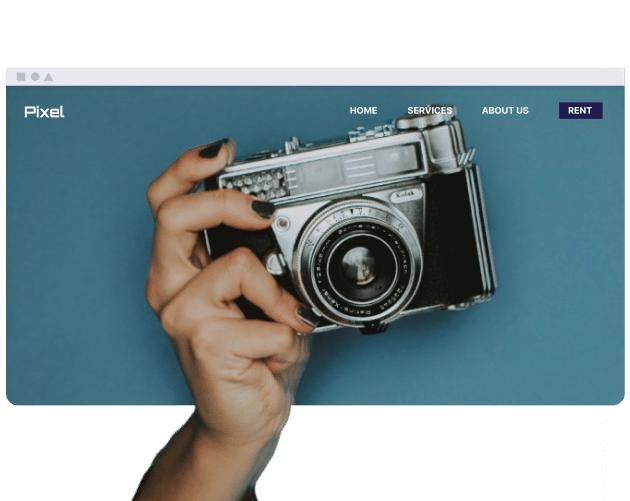How to get started with сontent сuration?
The process of initiating content curation may be relatively simple. Here’s how:
- Identify aims: Firstly, check what your goals are. Are you interested in brand building, your audience’s education, or your site’s traffic increase?
- The audience: See their interests, the problems they are facing, and what types of content they enjoy reading or watching.
- Relevant sources: Determine which websites, thought leaders, and publications covering your market consistently share materials.
- Be informed: The most popular information and the keywords that are related to your niche should be the things that very often come to your mind. Continue to share updates with the public.
- Competition analysis: Check the content shared by competitors and how well it is performing to discover what people are attracted to.
What are the different types of сontent сuration?
Three primary content curation methods can typically be identified:
- Aggregation: This resembles gathering all the most suitable pieces on a subject into a single prominent place.
- Distillation: Processing a large amount of information to present the most critical points concisely.
- Elevation: The core idea is to sift through vast content to find out the main tendencies that are not apparently visible.
Mashups (the combination of varied content types), chronologies (timeline−based content), and curation handled directly from social media are other ways to do curation.
What tools and platforms can be used for сontent сuration?
Content curation processes can be supported by a range of tools. Some popular ones include:
- Discovery tools: Feedly, Pocket, BuzzSumo, Scoop.it, and Flipboard facilitate content identification and storage.
- Curation platforms: Curata, UpContent, and ContentGems are designed for managing and distributing curated content.
- Social media features: Incorporate tools such as X lists, Pinterest boards, and private Facebook groups that facilitate sharing functionalities.
What are some best practices for effective сontent сuration?
The following are some things to consider while curating your content that may affect its effectiveness:
- Good knowledge of your audience: The more you know about the recipients, the better you can prepare the content.
- Quality is more important than quantity: It is better to provide a few excellent posts than numerous medium−quality ones.
- Add your thoughts: Simply sharing is not enough; you should explain to the readers why you regard the content as good and of interest to them.
- Ensure it is updated: Regularly updating content and sources assists in maintaining visibility and preventing a decline in relevance.
- Regularity: Maintaining a posting schedule for curated articles influences audience engagement and platform loyalty.
How can one measure the success of сontent сuration efforts?
An evaluation of outcomes may lead to strategic refinement. Look at these key metrics:
- Engagement rate: How many likes, comments, and shares did your curated posts get?
- Reach: How many people saw your content?
- Click−through rate (CTR): How many people clicked on the links you shared?
- Website traffic: Did your curated content drive visitors back to your site?
What are the ethical considerations in сontent сuration?
Ethical curation is vital. Always remember to:
- Give clear attribution: Always credit the original creator and link to their work. It is non−negotiable.
- Get consent (if needed): Especially if featuring someone’s personal story or image, seek permission first.
- Privacy concerns: Sharing private information/content is subject to consent requirements.
- Consider the impact: Think about how your shared content might affect individuals or your audience.
Conclusion
Content curation serves as a means of disseminating information and seeking to hold the audience’s attention. The outcome is influenced by the approach: appropriate selection, clear presentation, and relevant content can contribute to trust and perceived accuracy.

